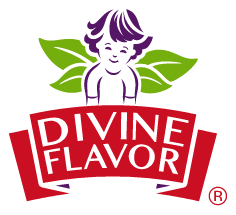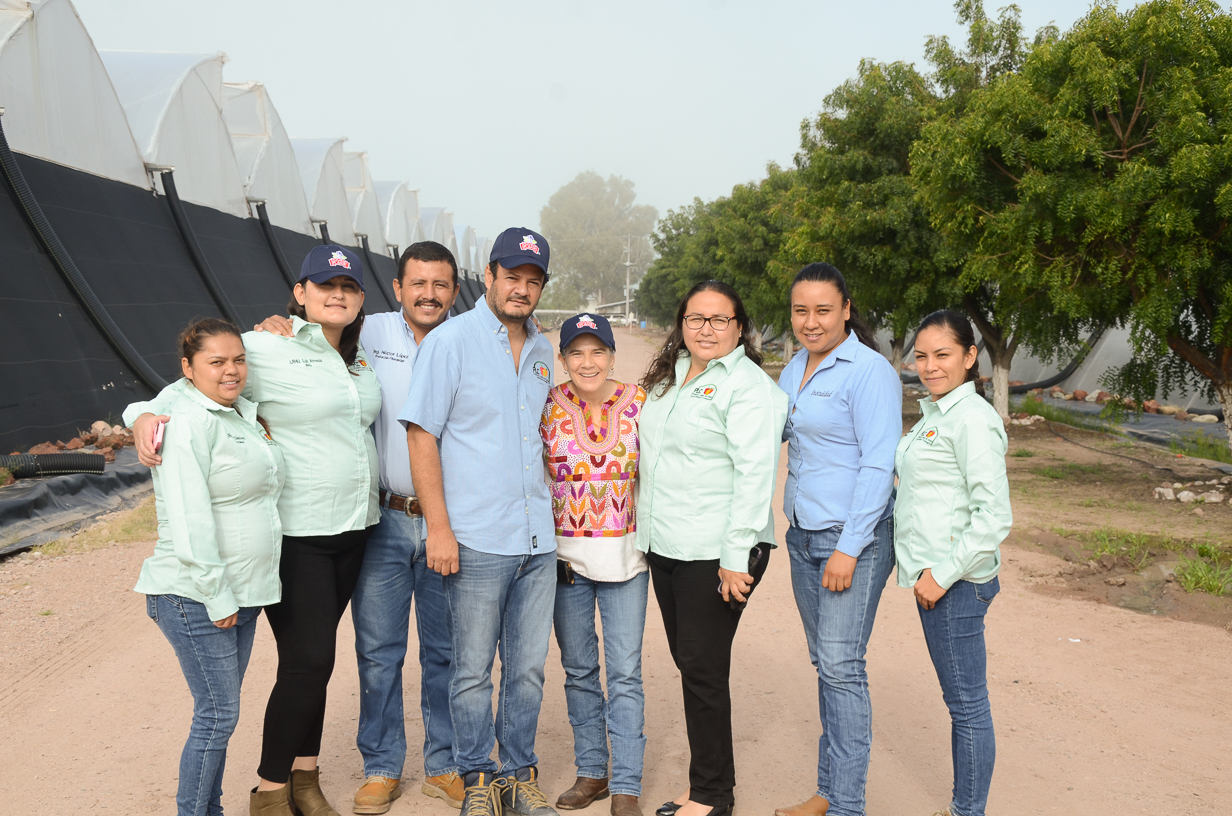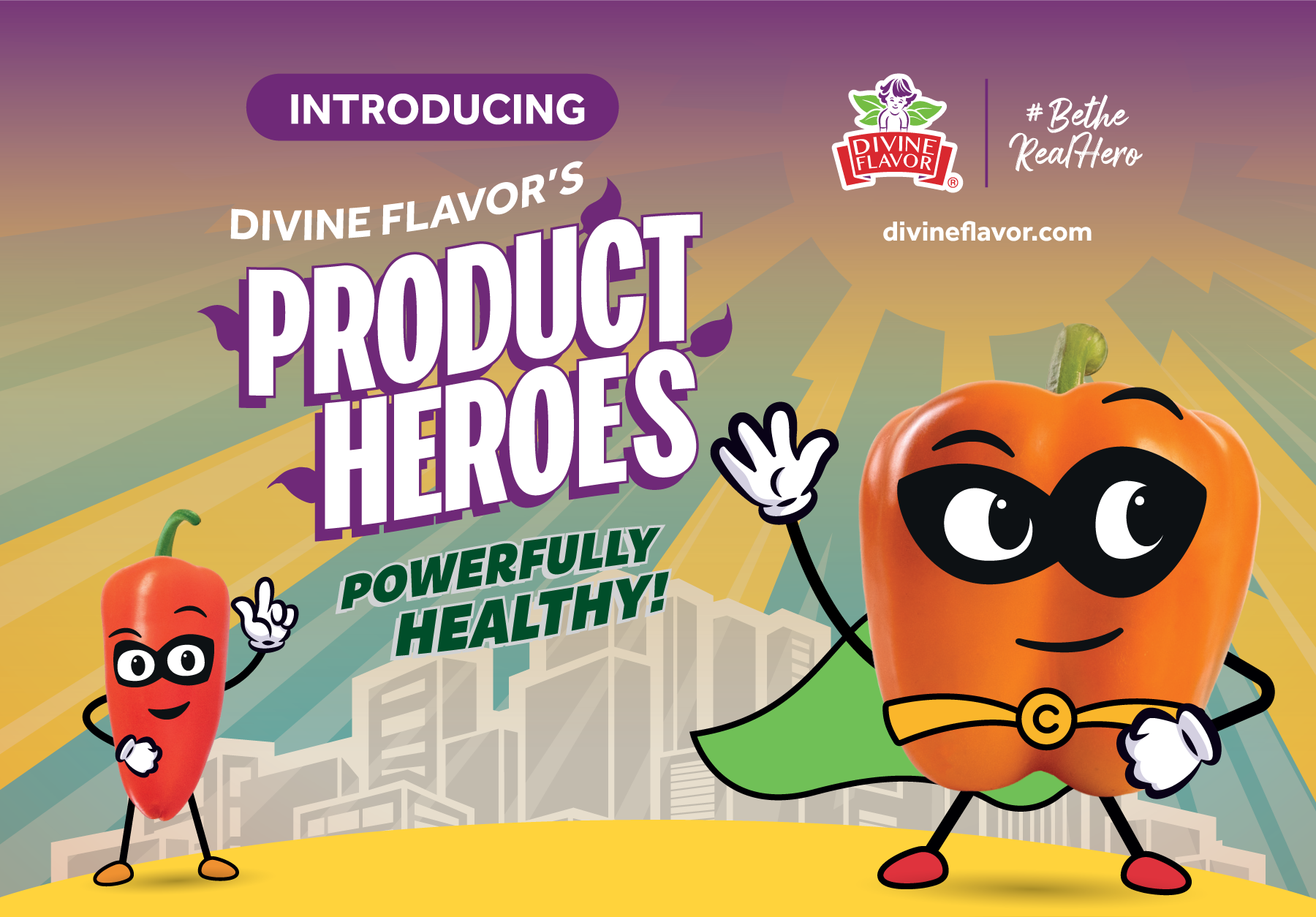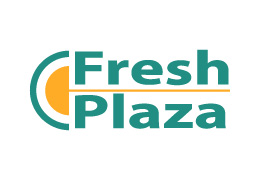THE POST-HARVEST PROCESS FOR TABLE GRAPES

When it comes to growing table grapes, there are many factors that must be taken into consideration to produce the highest of quality, flavor, and longest shelf life for this fruit. A big part of the process starts when the grape seeds are first planted leading up to the first harvest years- ensuring the plant soils are nutrient-rich to grow strong trunks, pruning and vine building, carefully crafting the plants to grow the proper amount of foliage for a solid canopy so the fruiting canes are well positioned and protected, but also giving special attention to crafting the grape bunches when it comes time to start harvesting. Though the pre-harvest steps are an essential part of the grape growing process, the post-harvest may be the most critical component to either having excellent quality and long-lasting shelf life, or just mediocre fruit which doesn’t make it through the supply chain with the quality it once had. Below we are going to explain some of the most important areas which are key to the post-harvest process for table grapes.
The nutrition of the plant (and how it affects the grape)
As the grape harvest begins, this is actually the first step to the post-harvesting process. How you balance the nutrition part of the plant, this has a tremendous impact on the conditioning of the fruit. With table grapes, it is very important to understand each variety and how it grows on the vine. In the months, weeks, and days leading up to the harvest, production engineers are carefully inspecting how the grapes are maturing on the vine, eliminating unneeded berries, or shaping the bunch to achieve a structure which will eventually lead to the proper development of dry matter contained in the fruit, which is essentially the sugar within the grape.
Inside of a grape, you will either see a translucent or very white appearance which is usually referred to as the finish. Grapes that were able to successfully absorb nutrients (calcium, potassium, etc.) during the growing process and develop strong dry matter will have a more apparent look and finish, but more importantly, it will have the desired quality and flavor (Brix), and the fruit will be in ideal conditions for storing.

Harvesting correctly
At some point of every grape harvest, the grapes need to be cultivated, but picking the grapes at the right time is a very important factor. When it comes down to it, once grapes are ready to be harvested, a major focus is now on preserving the condition of the fruit. In Sonora, Mexico, which is a prime location for growing grapes between the months of May-July, the weather will be extremely warm. Grape growers need to be very conscious of how they handle their harvest and how to remove grapes from the intense heat and how to gradually start the pre-cooling process.
Having a central packing shed and pre-cooling rooms are excellent ways to start removing the heat from the grapes. It is also important to have very fluid processes instilled throughout the vineyards so once grapes are harvested and placed in grape totes, they are quickly loaded into trucks and delivered immediately to the packing facility. At Grupo Alta (at most of the company’s farms), the packing facility is located at the center of the farm for easy access to each grape block. Timing is key, so reducing the amount of exposure of heat and starting the pre-cooling process on time is vital to the entire process (preserving quality, shelf life, and integrity of the grape bunches). For growers like Grupo Alta, attention to each detail matters as it all relates to keeping the fruit out of harm’s way.
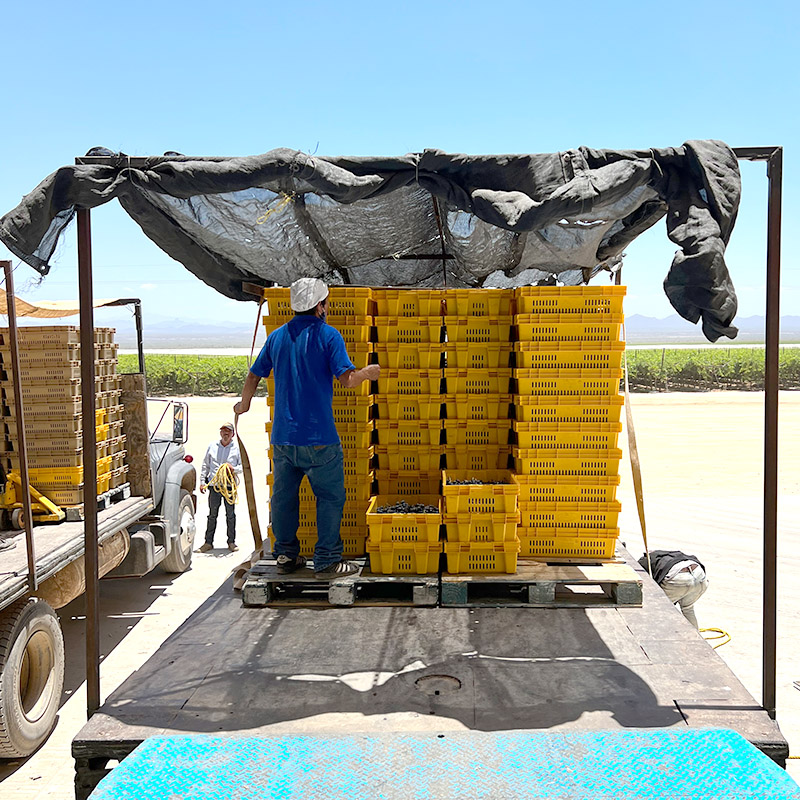

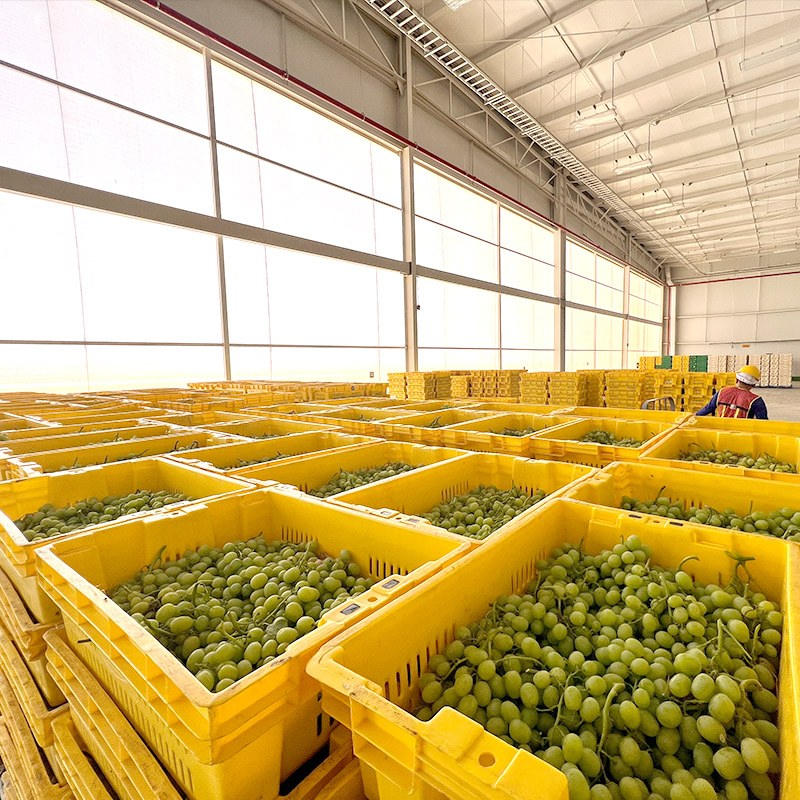
Pre-cooling and cooling throughout the supply chain
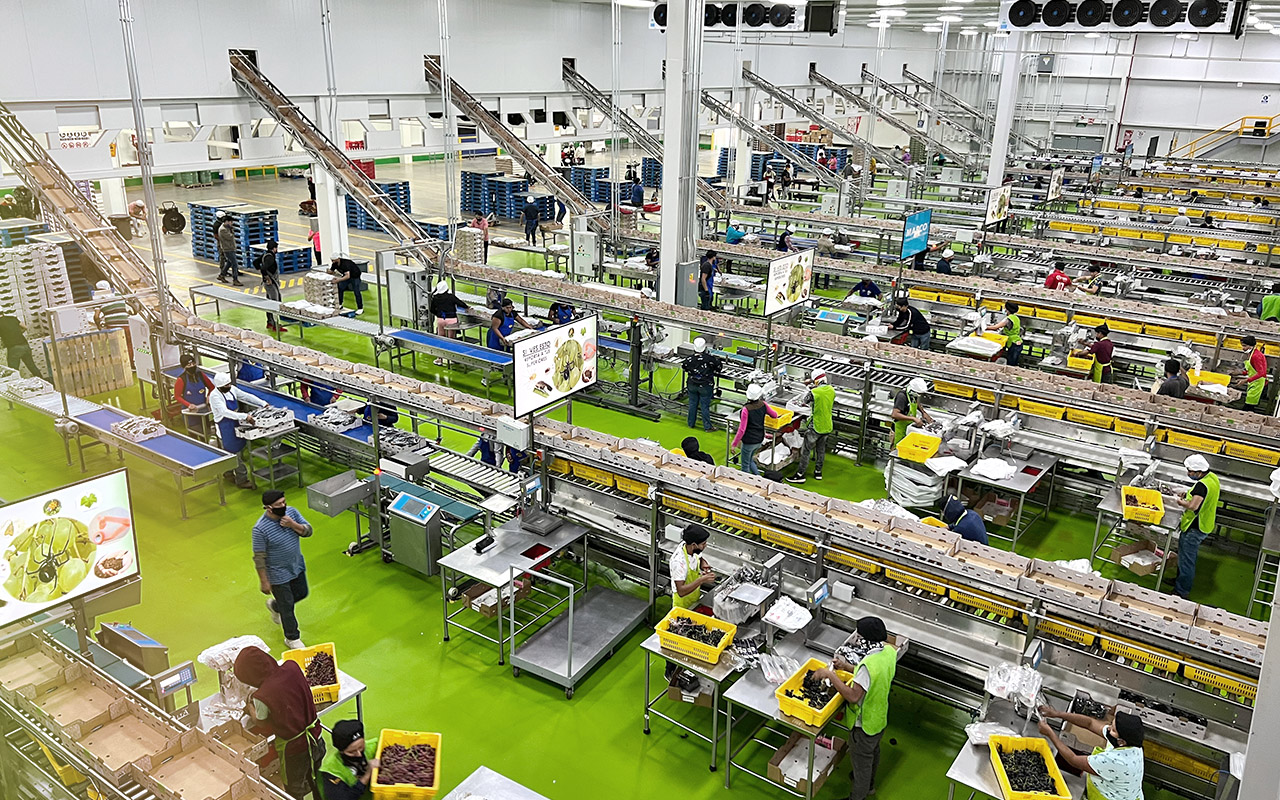
After the grapes have gone through the first stages of pre-cooling (an area of the central packing which allows the grapes to gradually cool down), the grapes are then brought to a second holding area. Generally, the temperature is reduced in stages to allow the grapes to quickly (but naturally) reduce in temperature. It’s important to note that pre-cooling can be done correctly and incorrectly. Brining grapes into extreme cold temperatures after harvest could have consequences on the conditioning of the fruit. When done in stages, this is the proper way to get the grapes in the best condition possible before starting the supply chain journey.


Another necessary element to the cooling process is having the proper packaging materials which allows for air flow throughout the box, clamshell or bag, and the entire pallet. Ideally, for grapes, the adequate cold temp is 32-33 degrees Fahrenheit, and this will help preserve the grapes to have the longest shelf life. This target temperature is a slippery slope though because it’s right at the threshold of freezing which can have a harmful effect on the grapes. Although many consumers love freezing grapes at home, doing so during the supply chain can impact the quality in the long-term, turning the stems brown which will eventually cause the grapes to turn bad. Having the correct materials to create air flow throughout the entire pallet to spread throughout the boxes reaching the grapes has been a key component to cooling and also a key piece of the operations for both Grupo Alta in their farms, and Divine Flavor at the warehouse.

Divine Flavor and Grupo Alta have worked with many grape advisors and consultants from around the world and have seen research and studies that have supported the importance of having the proper packing materials. Although other grape growers will outsource this part of the process to other companies to achieve the desired pre-cooling conditions, Divine Flavor’s farms at Grupo Alta have been able to adapt these procedures effectively within their facilities.
Transportation and supply chain management

After the grapes have been packed and cold-stored, it is imperative they are transported to the Divine Flavor warehouse in the same cold temperature conditions throughout the entire commute. Helping keep these conditions intact have been by creating a division within Grupo Alta called Transporte Alta, which was created to have the company’s own truck drivers who are well experienced and trusted on how to handle delivering the fruit in the correct conditions. Prior to each shipment of grapes to the US, Transporte Alta and each truck driver are responsible for checking temperatures and providing photo evidence of each load is correct before the product is taken to Divine Flavor.
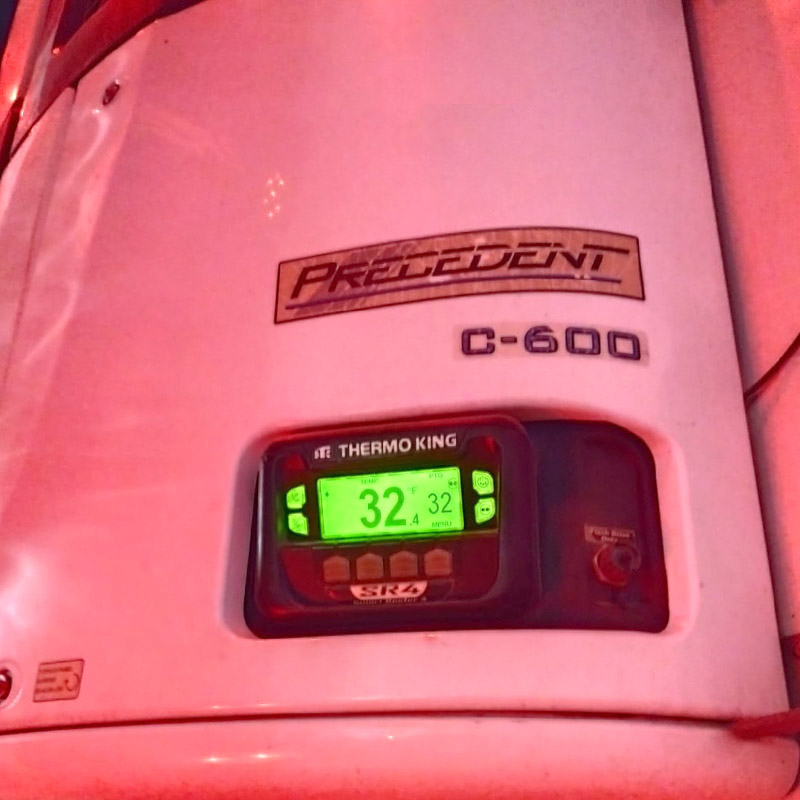
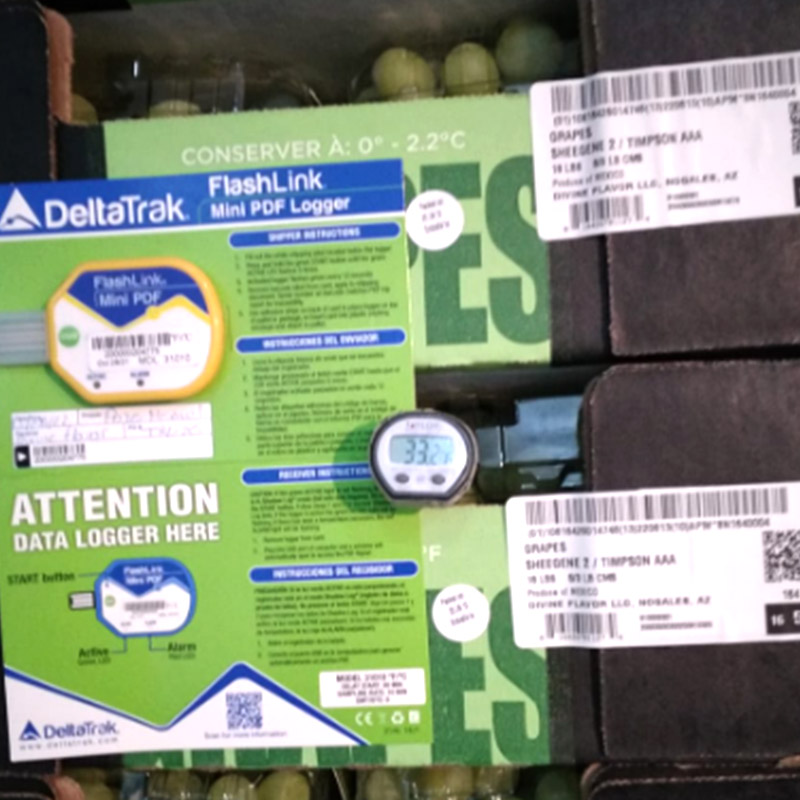
Once the trucks from Transporte Alta arrive in the US, they are brought over to the Divine Flavor warehouse and received by their own staff. Back in 2018, the company expanded its warehouse facility by 100,000 square feet, a $7.5 million investment to ensure their distribution center would have both the capacity and infrastructure to account for large volumes of grapes and their other commodities they handle such as bell peppers, tomatoes, cucumbers, watermelons, etc.
Now, but also at the time, Divine Flavor wanted to have absolute control and house all their products in one roof in order to maintain the integrity of the cold storage supply chain. Having the same understanding, processes, and procedures at the Divine Flavor warehouse as it is at their parent company farms is a crucial way to making sure the cold storage is consistent and better controlled throughout the supply chain.
Lastly, once truckers arrive to the Divine Flavor warehouse, the process is repeated, and their trucks are checked to verify cold temperatures are accurate before shipping off to the final customers across the country. Temperature recorders are added and closely monitored so any deviation or break in the cold chain can be easily detected.
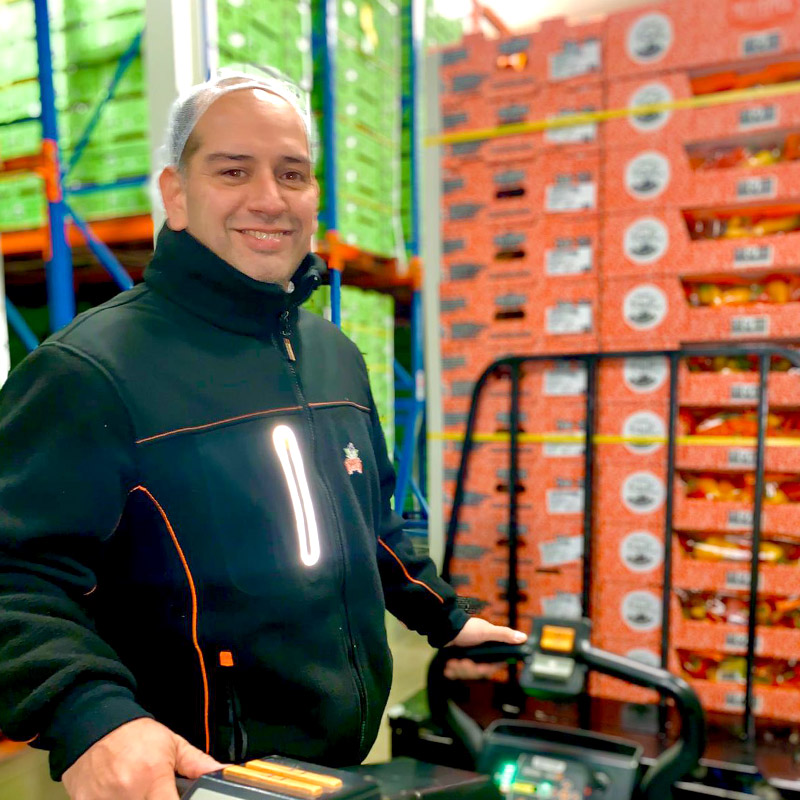
New technology
In the last few decades, technology has skyrocketed across the world- giving us information faster, the ability to work easier, and just making everyday life much simpler. It’s no secret that the produce industry has also incorporated more technology into everyday practices as well. Technology now better enables farmers and distribution companies to achieve better quality of their products. It gives them more options for faster packing, tracing product through smartphones, and drones which can help growers with better land management. You name it and there is now a company who or piece of technology which can assist companies with their day to day needs in the world of produce.
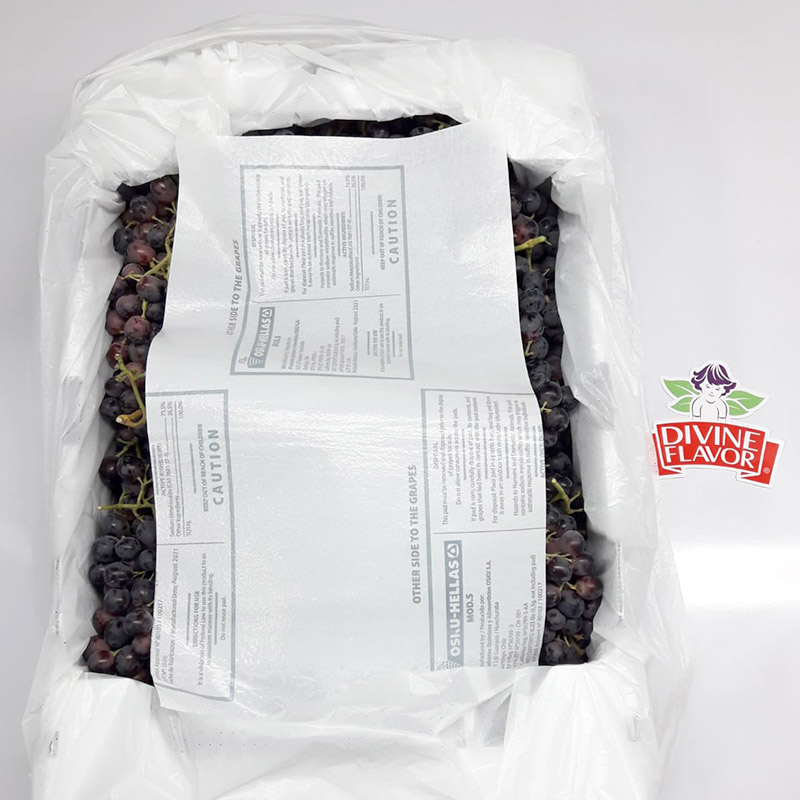
As it relates to post-harvesting with table grapes, there is a technology, which Divine Flavor and Grupo Alta use which is called Smart Fresh™ Technologies. Although not considered “new”, it has been spoken as an industry-trusted solution for preserving the texture, firmness, taste and appearance of produce having to travel a far distance, which is why Divine Flavor uses them for their grape programs to Japan and other various countries across seas. There are several other options as it comes to technologies used for table grapes such as SO2 pads for preserving the quality, but also, Divine Flavor uses special bags which incorporate modified atmosphere/modified humidity designed to lengthen the shelf life of fresh produce and ultimately reduce food waste.
Another technology Divine Flavor is starting to test and trial is with Hazel Tech® sachets, a small packaging insert which release ethylene inhibitors and other natural chemicals which slow down the ripening process. This season, Divine Flavor is using these sachets on close to 400 thousand boxes with various presentation to closely study the effects of the stem coloring and the overall quality and shelf life it has on the grapes.
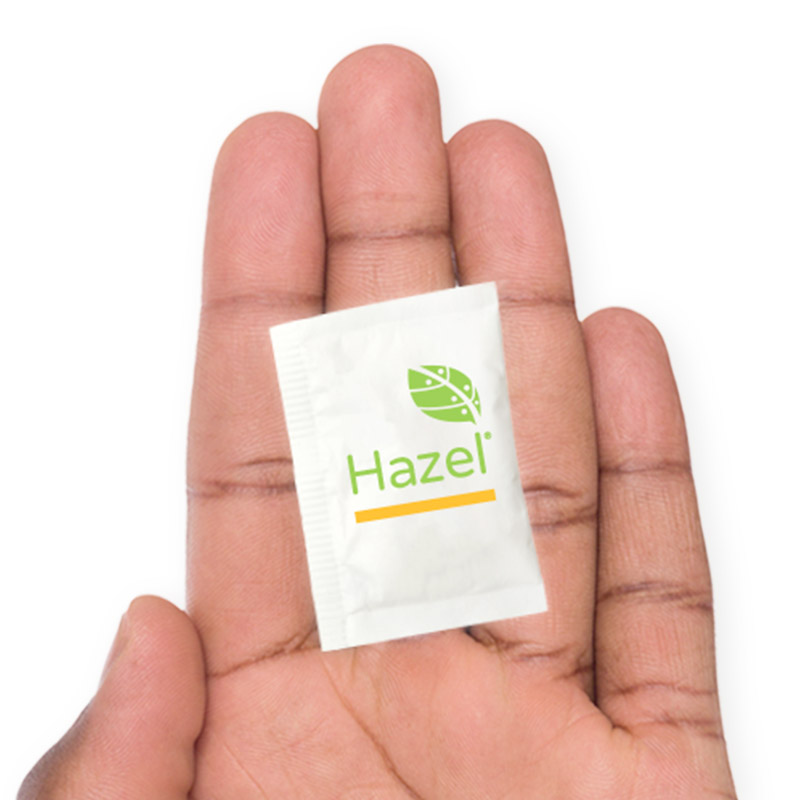
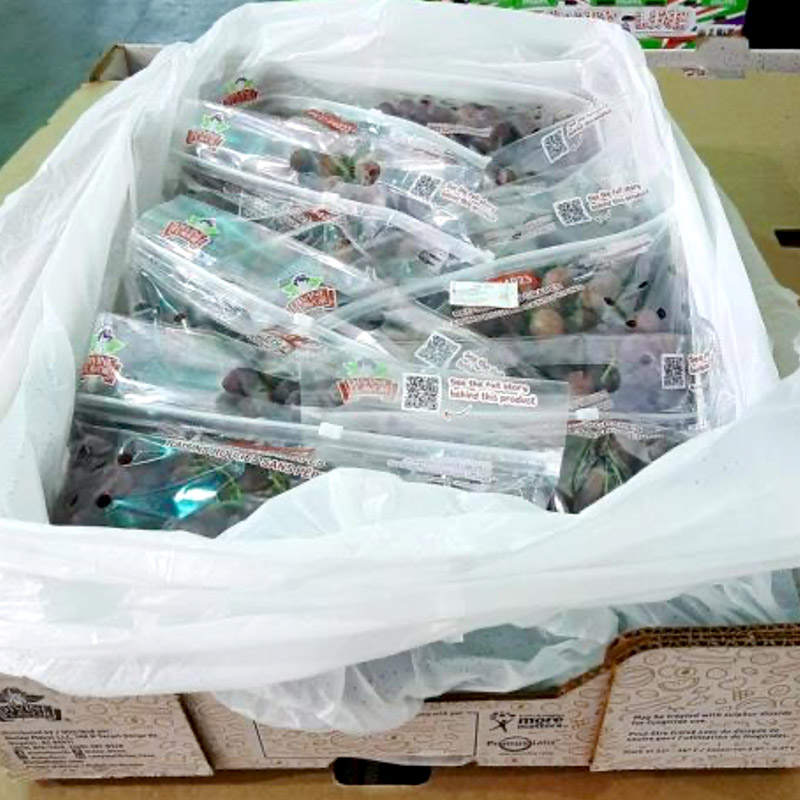
It goes without saying
As the industry continues to introduce more and more technology, Divine Flavor and their farm company, Grupo Alta, will continue keeping their attention on the options which provide the best results for their post-harvest process, but ultimately, the company plans to continue with their search for new technologies which contribute to achieving the best results for their customers.
Post-harvest is a must when it comes to most agricultural commodities but especially for table grapes. Knowing when to harvest the grape bunches is critical so the fruit reaches its full potential of dry matter/finish from the nutrients of the plant. From there, it’s all about preservation and protection- understanding how to pre-cool and not break the cold storage, all of which stems from experience and supply chain management.

For more information, please contact:
Michael DuPuis
Public Relations Coordinator
+1 (520)-281-8328
mdupuis@divineflavor.com
